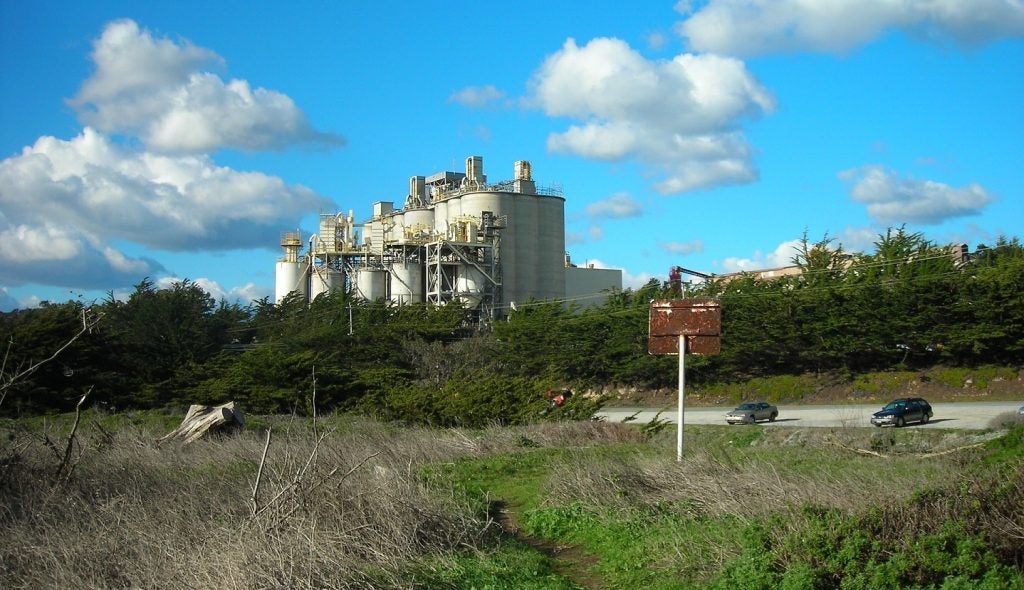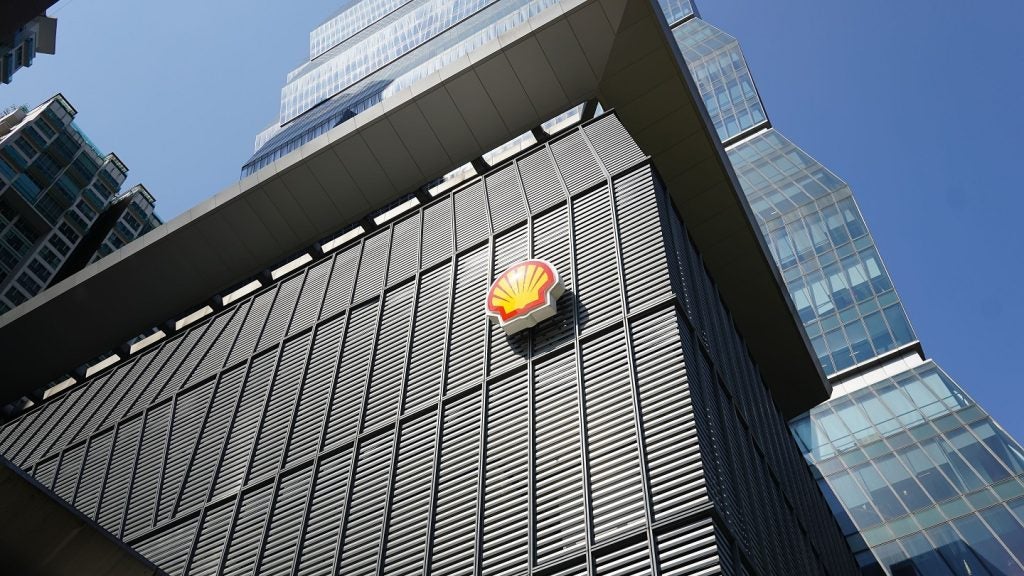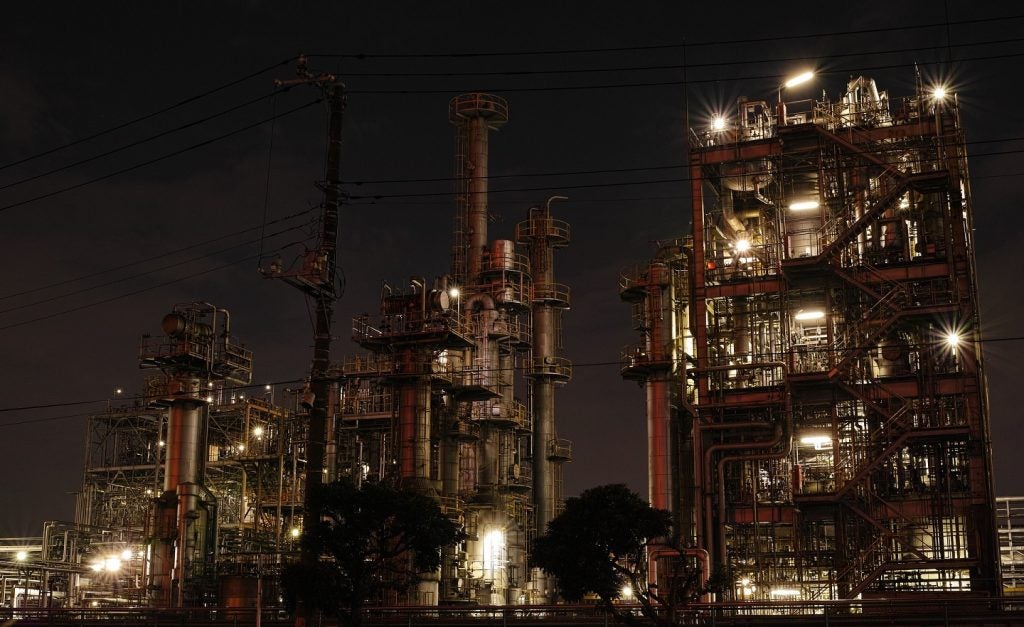The world oil supply is expected to hit a new record of 103.5 million barrels per day (mbbl/d), with the US, Brazil, Guyana and Canada leading the production increase by 1.5mbbl/d, the IEA's oil report says.
On the other hand, OPEC supply is predicted to remain at a similar level as last year, assuming that the additional voluntary cuts initiated this month are gradually phased out in the second quarter of 2024.
Based on OPEC's recent oil market report, the demand for OPEC crude in 2024 is estimated at 28.5mbbl/d, 0.8mbbl/d higher than the estimated level for 2023.
Additionally, the demand for OPEC crude is predicted to increase to 29mbbl/d in 2025, 0.5mbbl/d higher than 2024’s estimated figure.
But according to Haitham Al Ghais, OPEC’s secretary-general, forecasts of peak oil demand will prove misguided.
“In 2023, the IEA asserted that it saw a global oil demand peak before the end of this decade and called for a halt to new oil investments. This was despite the IEA only a few years earlier highlighting that the world would still need oil for years to come and stressing the importance of investing in the sector,” Al Ghais said in a statement.
“Peak oil supply has never come to pass, and predictions of peak oil demand are following a similar trend. Given the growth trends, it is a challenge to see peak oil demand by the end of the decade, a mere six years away,” he added.
Crude oil and geopolitical tensions
In December, the average price of crude oil decreased further, following the losses in the previous month. Benchmark crude oil futures have bounced back by around $4 per barrel since hitting their mid-December lows. This recovery comes as tensions in the Red Sea reignited geopolitical concerns, the IEA said.
Last month, prices had declined due to comfortable physical balances, with record US oil supply finding its way into the Atlantic Basin.
The risk of global oil supply disruptions from the Middle East conflict remains high, especially for oil flows via the Suez Canal and the Red Sea. In 2023, around 10% of the world's seaborne oil trade and 8% of global liquefied natural gas (LNG) trade passed through this major trade route, equating to roughly 7.2mbbl/d of crude and oil products.
“US and UK airstrikes on Houthi targets in Yemen in response to attacks on tankers in the Red Sea by the Iran-backed group have raised concerns that an escalation of the conflict could further disrupt the flow of oil via key trade chokepoints,” the IEA said.
While oil and LNG production have not been impacted, many ship owners have had to redirect cargoes from the Red Sea. Brent futures were just above $77 per barrel (/bbl) and West Texas Intermediate was around $72/bbl at the time of writing.
















